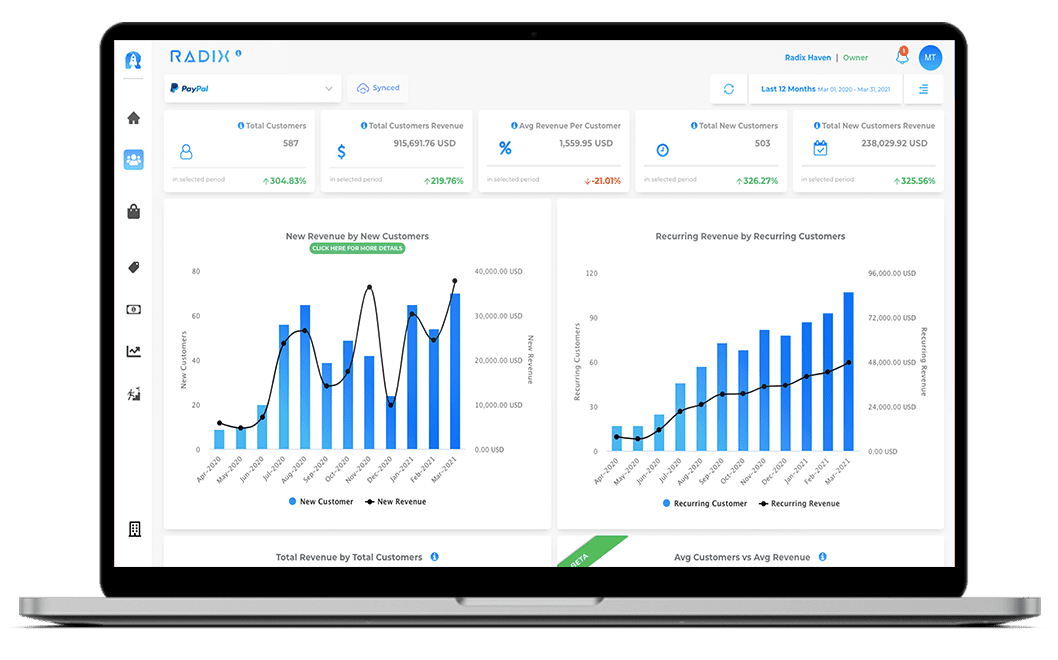You don’t need much to maximize your customer success plan, but it should be a company-wide priority. The relationship between you and your customer is at the heart of recurring income. Building these relationships has a significant influence on your bottom line. Check out these seven stages for developing a customer success strategy:
1) Define target personas:
If you don’t understand your target customer, you won’t know how to give the greatest possible experience. Buyer personas assist you in identifying the best-fit customers for your product and determining how to attract them to your business. You can’t make someone successful if you don’t understand what they want.
2) Speak with current customers:
Your present customers are among your most important assets. They can give you real-time customer feedback on your product, its value, and how it helps them succeed. Speaking with current customers is also an excellent technique to gather social proof to share with prospects to help them convert.
To poll your current customers base about their requirements, try employing chat pop-ups, automated email campaigns, and proactive marketing.
3) Create several customer journeys:
Each target persona should have its own customer journey. Having determined who your customers are, who you wish to attract, and how to convert them, you need to lay out a path that will lead them to your goal. The path should be based on customer input and each customer’s objectives.
Begin on a tiny scale. If you understand the entire route a customer takes from discovering your product to purchasing it and eventually being a devoted user, you will provide a better overall experience.
4) Improve your onboarding process:
It is never simple to adjust to a new product or service. Ensure that your onboarding process is designed to give the maximum value at each customer touchpoint. To choose where to focus, use customer surveys and chats. The easier it is for customers to become used to a new tool, the better off they will be in the long run.
5) Specify what success entails for each profile:
What steps does a new customers need to take to attain their objectives while utilizing your service? Make certain that you specify exactly what outcomes are useful for each target persona and then include them into your customer success plan.
6) Select metrics that represent those results:
What do you measure when it comes to customer satisfaction? It’s critical to identify the measurements you’ll need to utilize to determine how much customer success affects your bottom line. Whether it’s retention and churn rates, new MRR, or LTV, make sure you can successfully measure the efficiency of your plan.
If you’re unsure about which metrics to use, keep note of how each one changes as you implement your customer success plan. Making an effect on your onboarding can sometimes help you raise LTV, while other times it might help you reduce churn rates.
7) Complement your approach with customer success tools:
You should use tools that allow you to establish a fluid dynamic between your company and your customers. These tools range from customer chat to sales support.
Remember you can create a free account here to track, manage, and grow your online revenue by connecting your PayPal and Stripe accounts.






